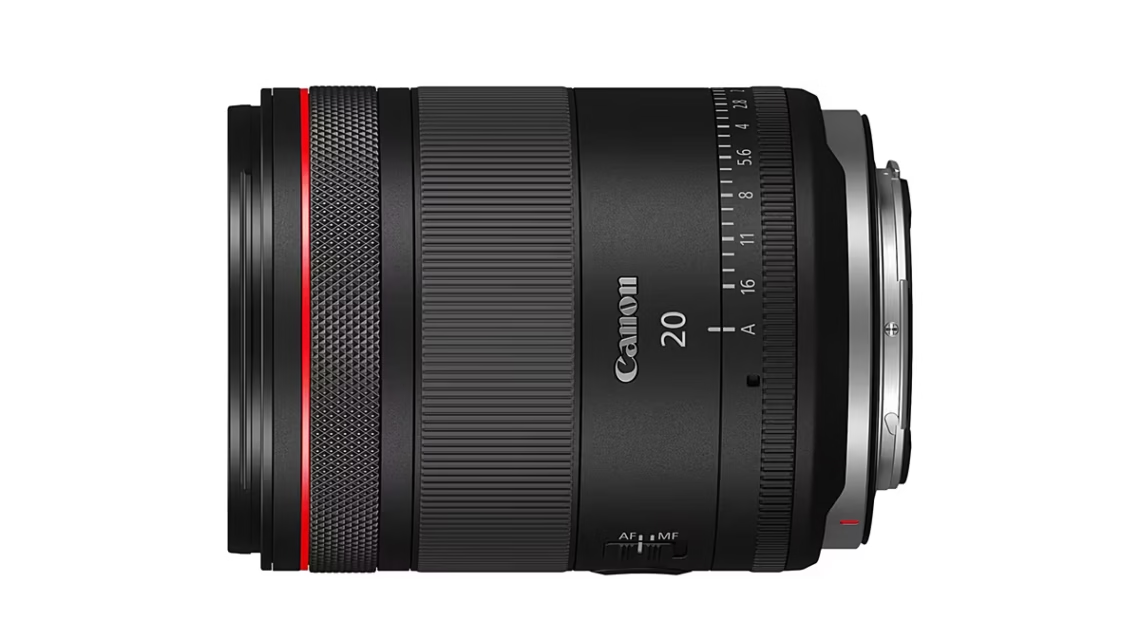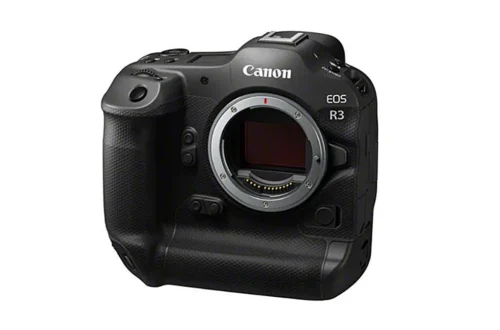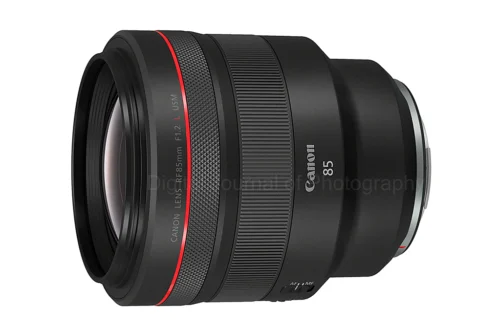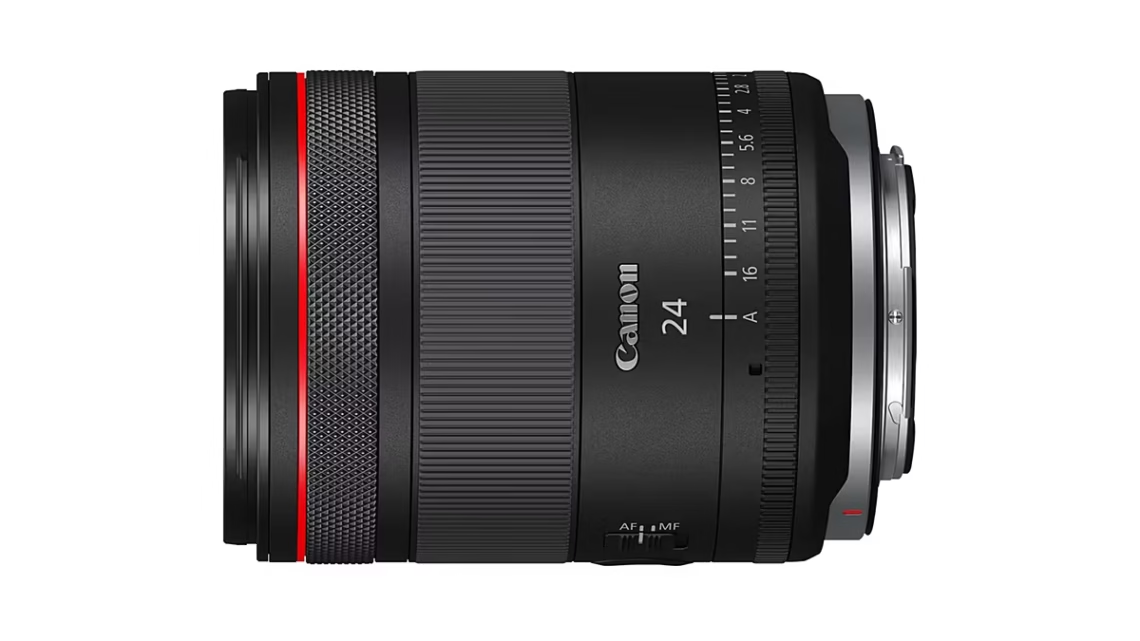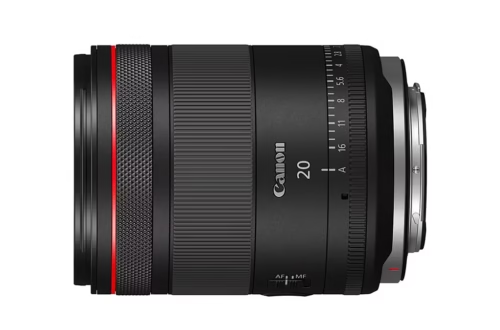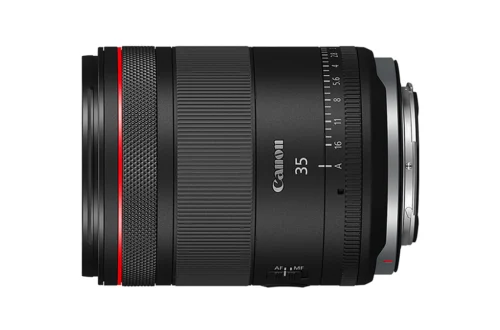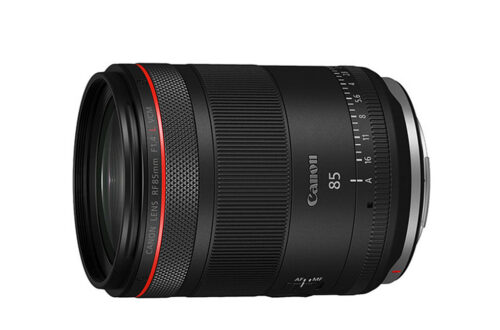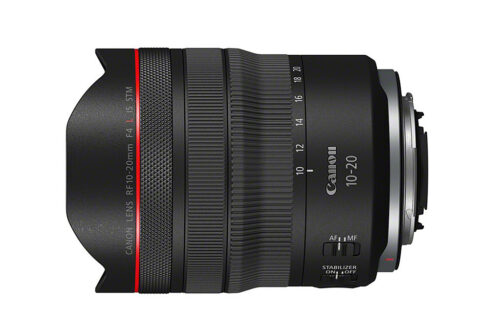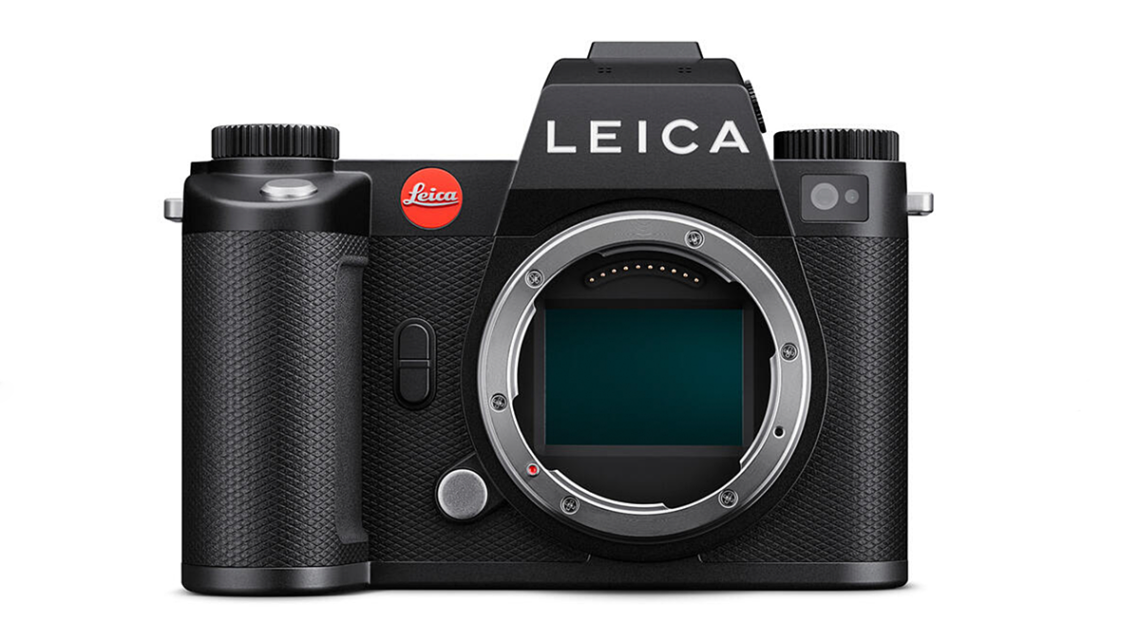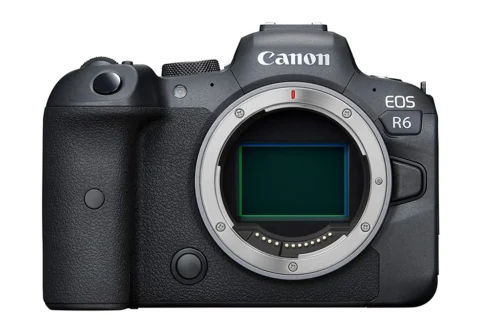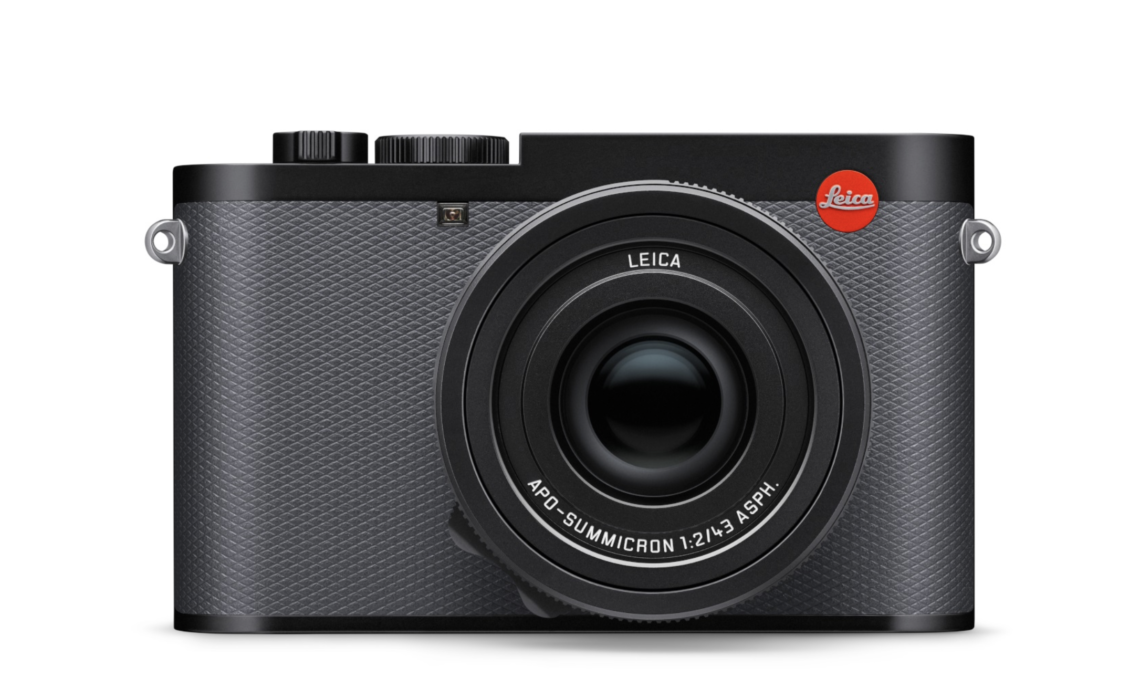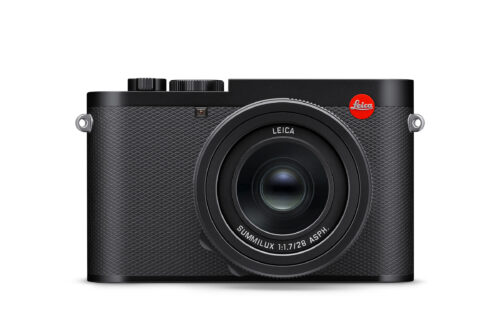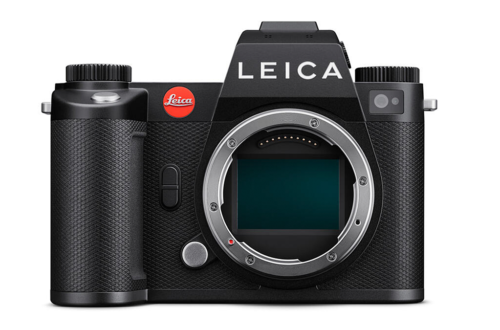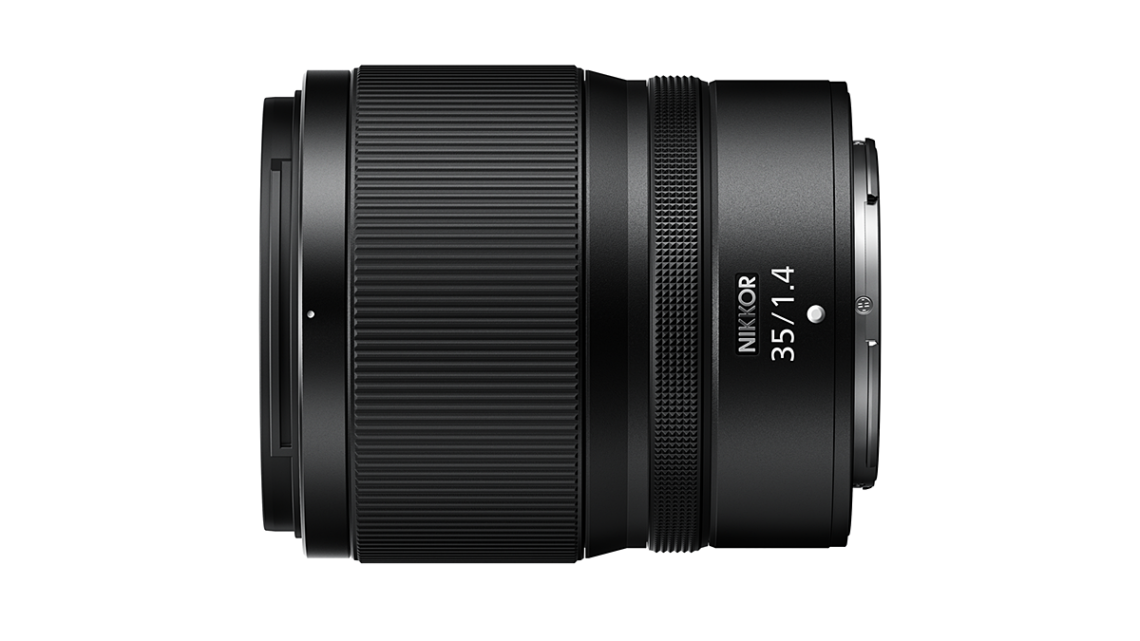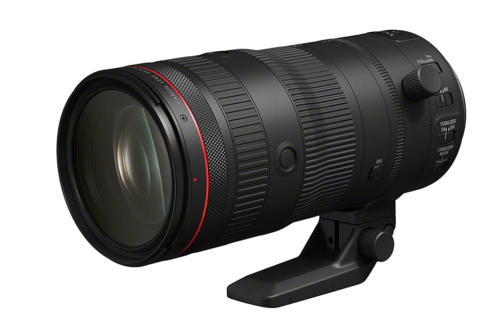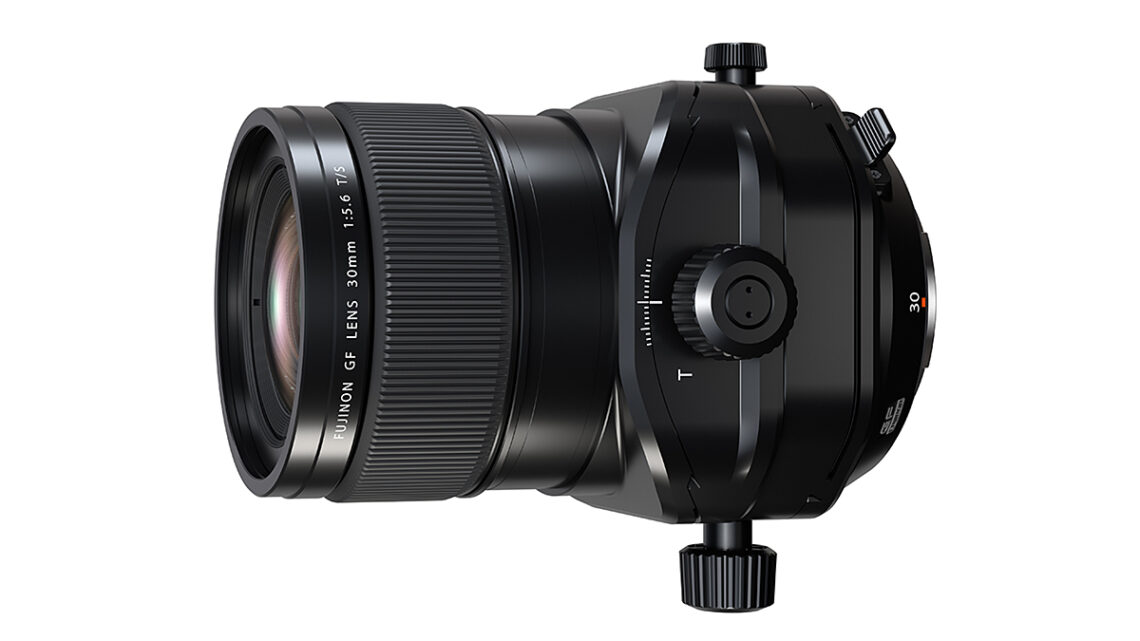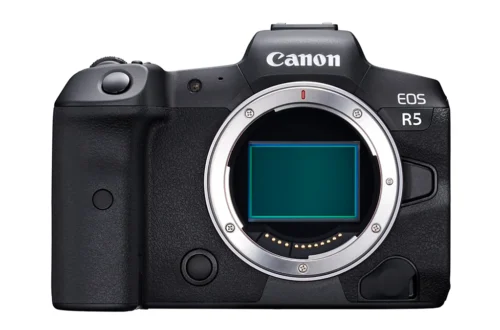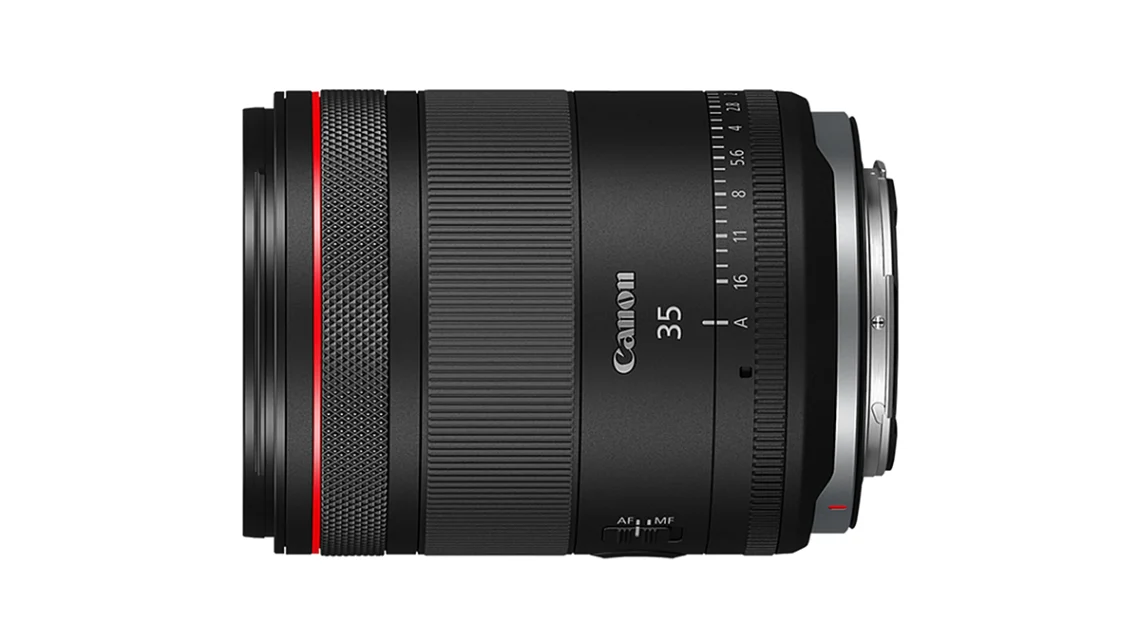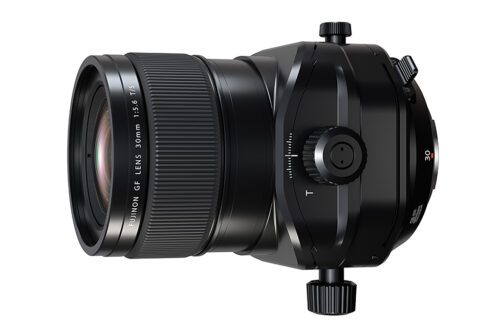Cameras
-
Canon RF 20mm F1.4 L VCM specs
Technical Data Manufacturer Canon Model RF 20mm F1.4L VCM Web www.canon.co.uk Elements/construction 15 elements in 11 groups (1x S UD, 2x UD, 1x BR, 2x Asph (GMo)) Angle of view (h,v,d) 84°, 62°, 94° Max aperture F1.4 Min aperture F16 Min focus distance 0.2 m (9.4 in) Mount RF mount Filter size 67 mm / Rear gel holder Length 99.3 mm (3.9 in.) Diameter 76.5 mm (3 in.) Weight 519 g (1.1 lb) Price £1919 inc VAT ($1,799) Check stock and prices of the Canon RF 20mm F1.4L VCM at the following retailers: WEX Photo (UK)| Park Cameras (UK) | Canon Store (UK/Eur) B&H Photo (US) | Adorama…
-
Canon RF 24mm F1.4 L VCM specs
Technical Data Manufacturer Canon Model RF 24mm F1.4L VCM Web www.canon.co.uk Elements/construction 15 elements in 11 groups (2x UD, 1x Asph (GMo)) Angle of view (h,v,d) 74°, 53°, 84° Max aperture F1.4 Min aperture F16 Min focus distance 0.239 m (9.4 in) Mount RF mount Filter size 67 mm / Rear gel holder Length 99.3 mm (3.9 in.) Diameter 76.5 mm (3 in.) Weight 515 g (1.1 lb) Price £1679 inc VAT ($1,599) Check stock and prices of the Canon RF 24mm F1.4L VCM at the following retailers: WEX Photo (UK)| Park Cameras (UK) | Canon Store (UK/Eur) B&H Photo (US) | Adorama (US) | Amazon (US/UK) …
-
Canon RF 50mm F1.4 L VCM specs
Technical Data Manufacturer Canon Model RF 50mm F1.4L VCM Web www.canon.co.uk Elements/construction 14 elements in 11 groups (1x UD, 2x Asph (1x GMo)) Angle of view (h,v,d) 40°, 27°, 46° Max aperture F1.4 Min aperture F16 Min focus distance 0.4 m (15.7 in) Mount RF mount Filter size 67mm / Rear gel holder Length 99.3 mm (3.9 in.) Diameter 76.5 mm (3 in.) Weight 580 g (1.3 lb) Price £1539 inc VAT ($1,499) Check stock and prices of the Canon RF 50mm F1.4L VCM at the following retailers: WEX Photo (UK)| Park Cameras (UK) | Canon Store (UK/Eur) B&H Photo (US) | Adorama (US) | Amazon (US/UK) …
-
Leica SL3 review
The Leica SL3 is the third in the series of mirrorless models, which started with the magnificently minimalist 24 MP Leica SL. I take a look at what’s changed and why you should buy it. What is it? The SL3 is the latest in the series and adopts the same body style as the 47 MP Leica SL2 and the 5-axis IS from that model, which was missing from the original SL. The headline specs are the increase in sensor resolution to 60 MP and the inclusion of hybrid AF with Depth from Defocus (DFD) tech to aid focusing accuracy. Fortunately, the photographer doesn’t need to know how this works,…
-
Leica Q3 43 review
Leica’s Q3 43 builds on the success of the Q-series, adding a new 43mm F2 Apo lens to the 60 MP CMOS of the regular Leica Q3. Kevin Carter takes a look. With Canon and Nikon concentrating on niche genres like sports and action or the ‘content creator’, it’s hardly surprising when something like the Leica Q3 arrives to fill the void. And now it has been joined by the Leica Q3 43. While expensive, with better resale prices than rival makes when the time comes to upgrade, it is perhaps the most economical way into the Leica system. Small, light and discreet, the Leica Q3 43 shares the ergonomics…
-
Nikon Nikkor Z 35mm F1.4 specs compared with Canon RF 35mm F1.4L VCM
Technical Data Comparison Manufacturer Canon Nikon Model RF 35mm F1.4L VCM Nikkor Z 35mm F1.4 Web www.canon.co.uk www.nikon.co.uk Elements/construction 14 elements in 11 groups 11 elements in 9 groups Special glass types 2x UD, 2x Asph 2x Asph Aperture blades 11 rounded 9 rounded Angle of view 63° (diagonal) 63° (diagonal) Max aperture F1.4 F1.4 Min aperture F16 F16 Min focus distance 0.28 m (11.02 in) 0.27 m (10.6 in) Mount RF mount Z mount Filter size 67mm 62mm Length 99.3mm (3.9 in.) 86.5mm (3.4 in.) Diameter 76.5mm (3 in.) 74.5mm (2.93 in.) Weight 555g (1.2 lb) 415g (0.91 lb) Price £1699 inc VAT ($1,599) £650 inc VAT ($699)…
-
Fujifilm Fujinon GF30mm F5.6 T/S three-shot hand-held panorama at maximum shift (± 15mm)
Handheld three-shot pano with GF30mm F5.6 T/S, totalling 175 MP. As this was shot without a tripod, there’s quite a bit of overlap in the centre, but what’s of interest here is that maximum shift ±15mm has been applied to show the worst case. Focus was confirmed using magnified LV, which is my preferred option of the various focusing aids. This three-shot pano was stitched in Lightroom Classic with an automatic (built-in) lens profile applied, which can’t be turned off. Still, no further ‘manual’ corrections were made to display the vignetting, and it’s no big deal, as it could be cleaned up. Automatic profiles like this don’t show what’s…
-
Fujifilm Fujinon GF30mm F5.6 T/S specs compared with Canon EF 24mm F3.5L TS-E
I realise this isn’t an apples-to-apples comparison but as many architecture photographers adapt the Canon 24mm TS-E to use on their Fujifilm GFX system cameras then the side-by-side contrast makes more sense. It’s surprising how similar the specs are but early testing of the Fujifilm GF30mm T/S with the 100MP Fujifilm GFX100 II (which has an optimised sensor for this lens, apparently) suggests super-impressive optical performance, even when shifted to the maximum. Also, if there was any doubt that the tilt and shift functions can be oriented separately to use in the same ‘direction’ (it wasn’t that clear in the press release), then I can confirm they can. When fully…
-
Canon RF 35mm F1.4 L VCM specs compared with predecessor, Canon EF 35mm F1.4L USM II
Canon has introduced the mirrorless successor to the much-vaunted EF 35mm F1.4L USM II, only it’s not quite what we were expecting. Like the recently announced Canon RF 24-105mm F2.8L, this new lens is a hybrid model, appealing to filmmakers and still photographers. As such, it features a new voice-coil motor (VCM) for AF, a type of linear motor noted for its smooth focusing, supplemented with a second Nano USM to control the ‘floating’ (independently moved) element used in close-range correction. It also relies quite heavily on digital correction, though it’s not alone these days. A new step-less manual aperture ring is included, but only for video; apparently, it’s not…
-
Canon RF 35mm F1.4 L VCM specs
Technical Data Manufacturer Canon Model RF 35mm F1.4L VCM Web www.canon.co.uk Elements/construction 14 elements in 11 groups (2x UD, 2x Asph) Angle of view 63° (diagonal) Max aperture F1.4 Min aperture F16 Min focus distance 0.28 m (11.02 in) Mount RF mount Filter size 67mm Length 99.3 mm (3.9 in.) Diameter 76.5 mm (3 in.) Weight 555 g (1.2 lb) Price £1699 inc VAT ($1,599) Read our review here. Check specs against the Canon EF 35mm F1.4L II USM here. Specs compared with the Nikon Nikkor Z 35mm F1.4 here. This is a much more affordable offering, so it’s not necessarily a fair comparison (made by a third party,…
